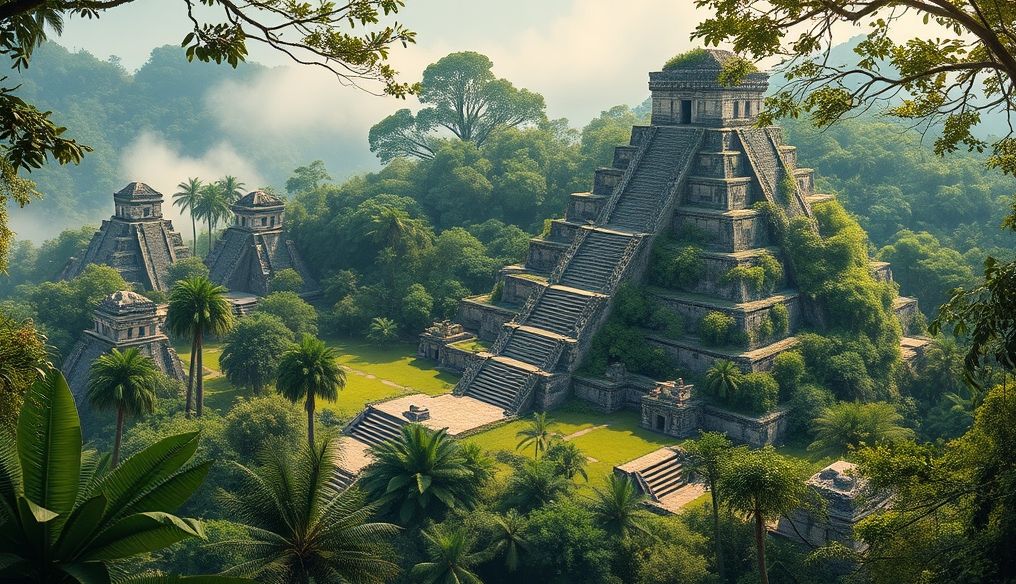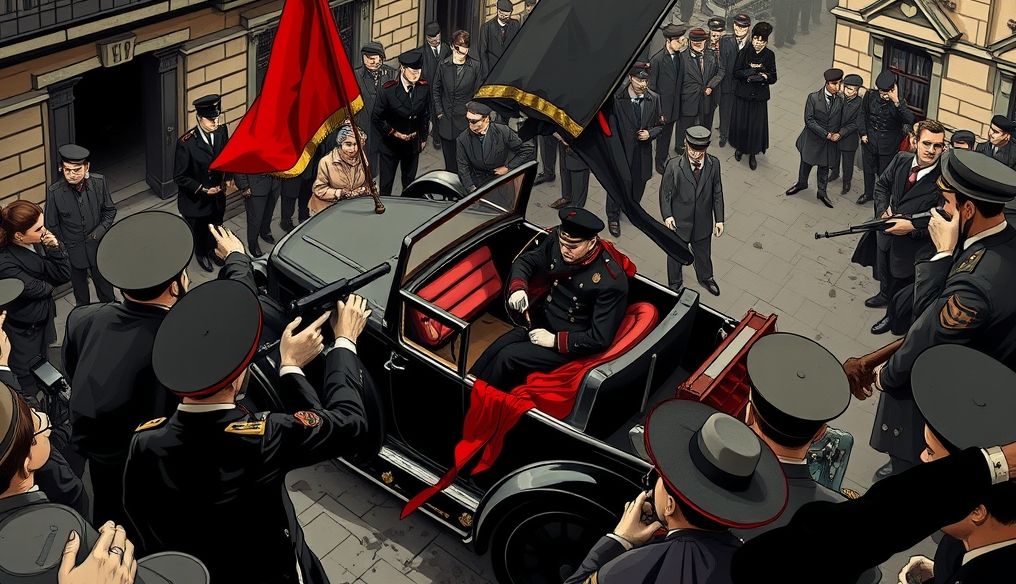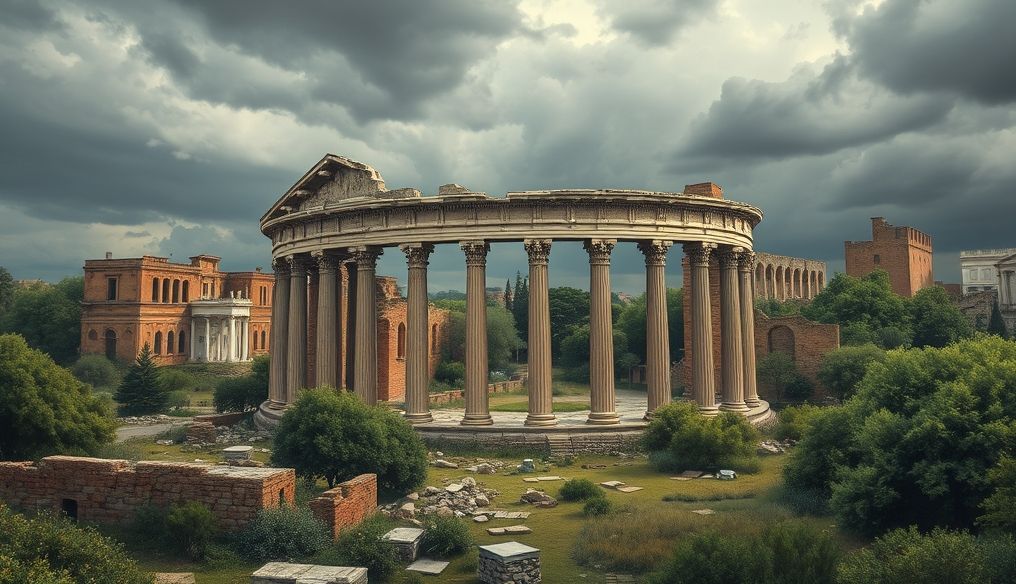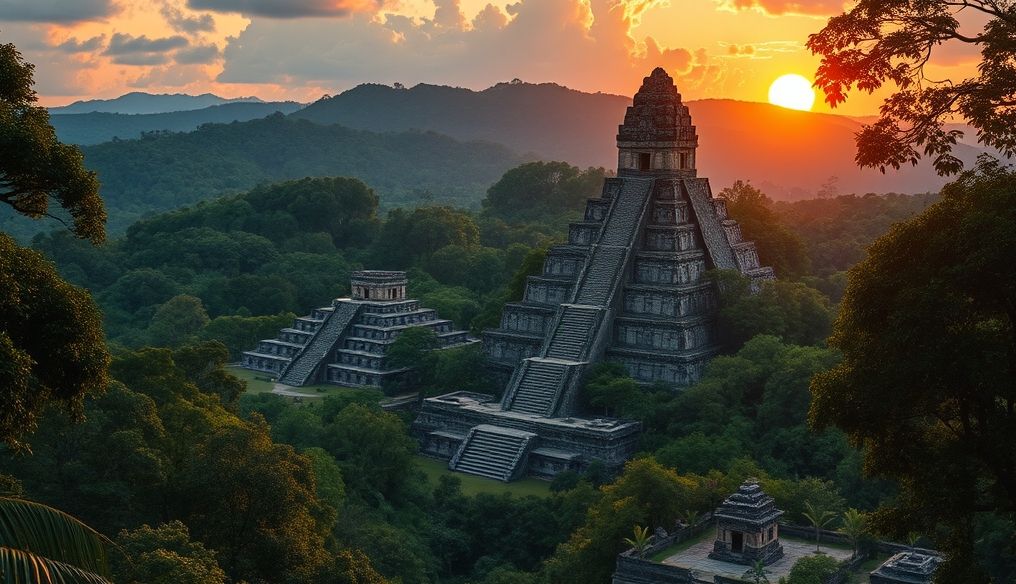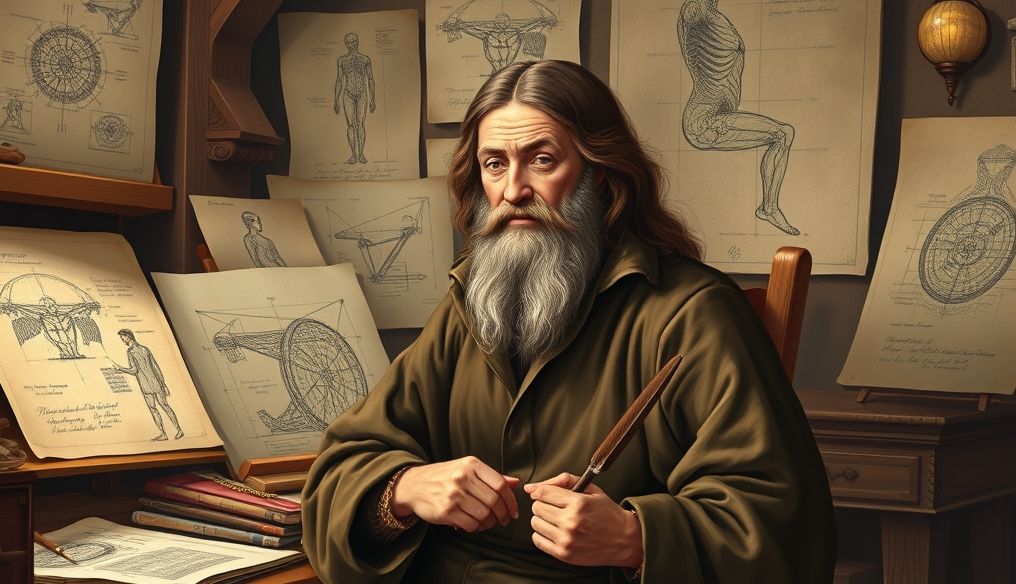Introduction: The Mystery of the Mayan Civilization
The Mayan civilization is considered one of the most impressive ancient civilizations in human history. It flourished in the Mesoamerican region, specifically in areas of southern Mexico, Guatemala, Belize, Honduras, and El Salvador, and was distinguished by tremendous achievements in mathematics, astronomy, architecture, and writing. However, the fate of this great civilization continues to spark debate and questions. Did the Mayan civilization disappear suddenly, or was its demise a gradual and complex process?
What is the Mayan Civilization?
The Mayan civilization is an ancient civilization that flourished in the Mesoamerican region. It began around 2000 BC and lasted until the Spanish conquest in the 16th century AD. The civilization went through periods of prosperity and decline, but the Classic Period (250-900 AD) is considered the peak of its achievements.
- Geographic Location: Southern Mexico, Guatemala, Belize, Honduras, and El Salvador.
- Time Period: From 2000 BC to the 16th century AD.
- Key Achievements: Mathematics, astronomy, architecture, writing (hieroglyphic system).
The Classic Period and its Mysterious Collapse
The Classic Period of the Mayan civilization (250-900 AD) witnessed the construction of great cities such as Tikal, Palenque, and Copán. These cities were characterized by massive architectural structures, such as pyramids, temples, and palaces, as well as an advanced writing system and an accurate calendar. But by the 9th century AD, these cities began to collapse and disappear, raising many questions about the causes of this mysterious collapse.
Theories About the Collapse of the Mayan Civilization
There are several theories that attempt to explain the collapse of the Mayan civilization in the Classic Period. Among these theories are:
- Climate Change: Evidence suggests that the region experienced prolonged periods of severe drought, leading to food and water shortages, and consequently to internal conflicts and population migration.
- Environmental Depletion: Deforestation and soil degradation due to intensive agriculture may have contributed to reducing agricultural production and deteriorating living conditions.
- Wars and Internal Conflicts: Archaeological evidence suggests that wars between rival cities increased in the latter part of the Classic Period, leading to political and social instability.
- Overpopulation: Overpopulation may have exceeded the capacity of available resources, leading to pressure on food, water, and agricultural land.
- Diseases: Infectious diseases may have played a role in reducing the population and weakening the civilization.
Did the Mayan Civilization Disappear Suddenly?
Despite the collapse of the Classic cities, the Mayan civilization did not disappear completely. Some cities continued to thrive in northern Yucatan, such as Chichen Itza and Uxmal, while many people migrated to other areas. The Mayan civilization also continued to exist after the Spanish conquest, although it underwent significant changes due to colonization.
So, the answer is no, the Mayan civilization did not disappear suddenly. Rather, it was a gradual and complex process of decline, driven by a combination of environmental, social, and political factors.
The Mayan Civilization After the Classic Period
After the collapse of the Classic cities, the political and economic center of gravity shifted to northern Yucatan. Some cities continued to flourish, such as Chichen Itza, Uxmal, and Mayapan. This period was characterized by the emergence of new political alliances and cultural developments, but it also witnessed internal conflicts and wars.
The Spanish Conquest and its Impact on the Mayan Civilization
In the 16th century AD, the Spanish arrived in the Mayan region and began their conquest. The Spanish conquest led to radical changes in the lives of the Maya, including the imposition of Christianity and the Spanish language, and the alteration of the political and economic system. Despite this, Mayan culture continued to exist, and millions of Mayan descendants still live in the region today, preserving many of their traditions and customs.
The Mayan Civilization Today: A Continuing Legacy
Today, the Mayan civilization continues to inspire admiration and appreciation. Mayan archaeological sites attract millions of tourists each year, and archaeological research continues to reveal more information about this fascinating civilization. Mayan culture is also still alive, with Mayan descendants preserving their language, customs, and traditions, and contributing to enriching the cultural diversity of the region.
Conclusion: A Civilization That Has Not Ended
In conclusion, it can be said that the Mayan civilization did not disappear suddenly, but gradually declined due to a set of complex factors. Despite the collapse of the Classic cities and the Spanish conquest, the Mayan civilization continued to exist, and continues to inspire us today with its remarkable achievements and rich cultural legacy.
